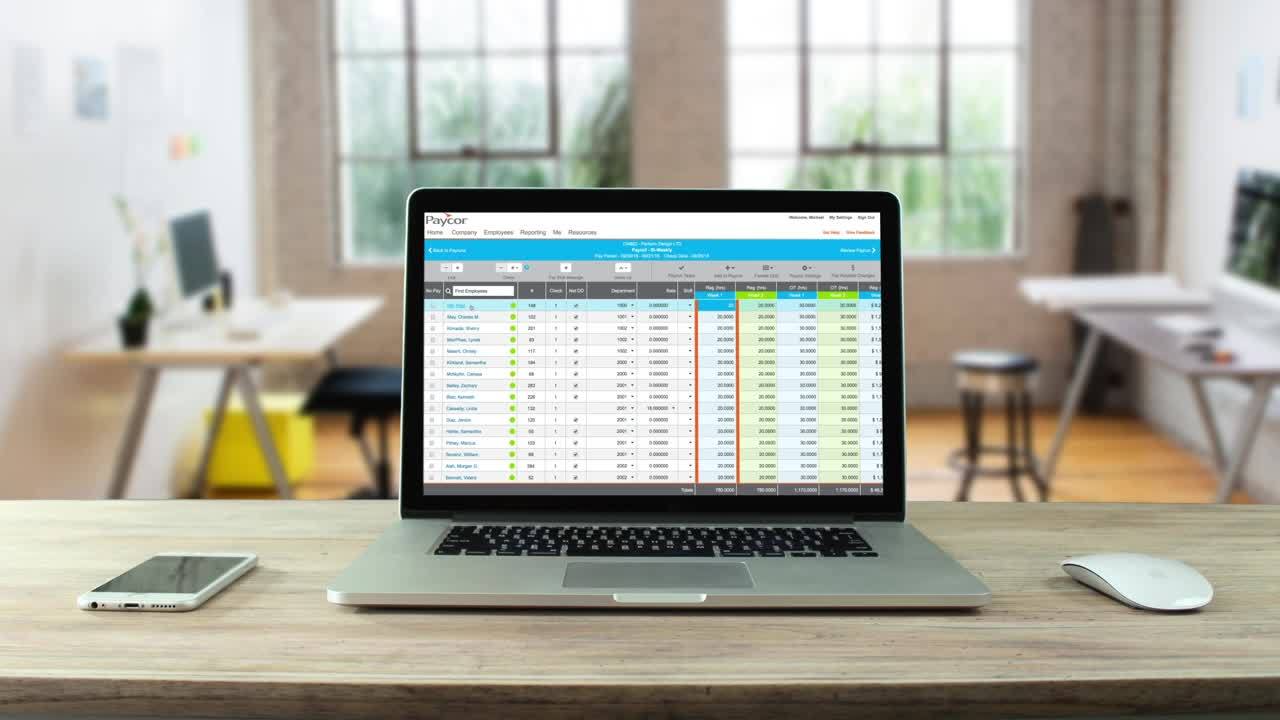Believe it or not, running payroll is a risky business
The IRS estimates that 40% of small to medium-size businesses end up paying a payroll penalty each year. Whether you’re a large organization or a small one, there’s always a risk of payroll errors leading to fines, penalties and sometimes litigation.
Protect yourself from fraud and human error
Businesses that run payroll on their own, especially small businesses, are at a much higher risk of being disrupted by fraudulent activity and human error. From ghost employees to hour padding to buddy punching, when a company lacks the appropriate internal controls to manage its payroll, it can run into big trouble.
Here are 6 common payroll risks and controls you can implement to mitigate them:
The Most Common Payroll Risks
-
- Ghost Employees
No, these aren’t the Employees of Christmas Past, Present and Future. They’re either employees on paper only, are dead but kept on the payroll, or they’re real people who don’t even work at the business that’s sending out paychecks to them. The last of the three ghosts splits the fraudulent profits with a person inside the company who is committing the crime… almost always the person who manages payroll.
- Hour Padding
Padding hours is a nice way of saying that someone is lying about the time they actually worked. If you still use paper time cards or let employees enter their time another manual way, this is easy fraud to perpetrate. Especially if there’s little managerial oversight or the employee works remotely.
- Buddy punching
It sounds like something mean to do to your friend but in reality, it’s another type of fraud. Again, it’s easily perpetrated when you have in-house systems. Buddy punching is when one employee asks another to clock in for him. According to a 2017 study conducted by PollFish, 16% of employees who submit timecards at work admit to clocking in for their co-workers. Generally, the fudged amounts are small, but added up they can result in pretty big losses.
- Ghost Employees
In addition to fraud, in-house payroll systems are prone to human error that could easily be caught and corrected by an automated system. A few that are prevalent:
- Incorrect Classification
It’s crucial that you correctly separate your employees from your contractors and freelancers. The latter should not be on payroll; they are a business expense and you don’t pay taxes on them. Companies who run payroll in-house (especially with inexperienced staff) often have this challenge.
- Lack of Security
This is probably one of the largest problems with in-house payroll systems. They simply don’t have the multiple levels of security that an outsourced solution does. Running payroll on a system that has a single password that’s “pa$$word” really won’t cut it. Especially when you’re controlling the personally identifiable information of dozens or hundreds of employees in your database. Hackers target small and medium sized businesses for this very reason.
- No Compliance Focus
Laws that have an impact on the employer/employee relationship seem to change every day. Do you have time to keep up with them? If you don’t, you could get in some seriously hot water if you miss a memo.

4 Payroll Controls You Can Implement Today
If you still run payroll in-house, here are 4 simple controls you can implement immediately to protect your organization:
- Audits, change logs, segregation of duties, oh my!
This sounds like a lot of work, and it is. To control the access to data, it’s important to ensure you have an independent auditor periodically look at your books. You should also only allow changes to important employee information by staff with password access that’s tracked to the minute. And when it comes time to process payroll, have one person prepare, another to authorize and another to actually run the checks.
- Calculation controls
If you manually run payroll, always have someone as backup to review the numbers. Be sure to include hours worked, pay rates, deductions and withholdings in your review.
- Check payment controls
Be sure to remove check authorizers when they leave the company. Hand checks to employees to prevent paying those ghost employees. Pay employees from a separate checking account that mirrors exactly what you’re calculating on the books.
- Regular Variance Analyses
You should run payroll variance analyses monthly. Be sure to split the data by department, function or division and run the results against your budget and prior year. See any major changes without an explanation? Investigate!
To find additional outliers, try looking at salary per FTE, payroll tax ratios and employee benefits ratios. Be sure to consider running these payroll reports for error-free payruns.
At the end of the day, running payroll shouldn’t be this complicated! And with the right HR & payroll provider it’s not. You can save yourself hours each week and mitigate compliance risk by simply automating your payroll processes. Be sure to view our comprehensive article on all the areas where HR can help with risk management.
Paycor Can Help
At Paycor, we’ve spent decades perfecting the payroll process. Our solution enables small and medium-size business to quickly and easily pay employees from wherever you are, all while ensuring tax compliance. Through 30 years of user feedback and product innovations, we’ve made payroll simple, so you can get in, make edits, run payroll and get out. Discover why nearly 30,000 organization are partnered with Paycor by talking with a representative today.









